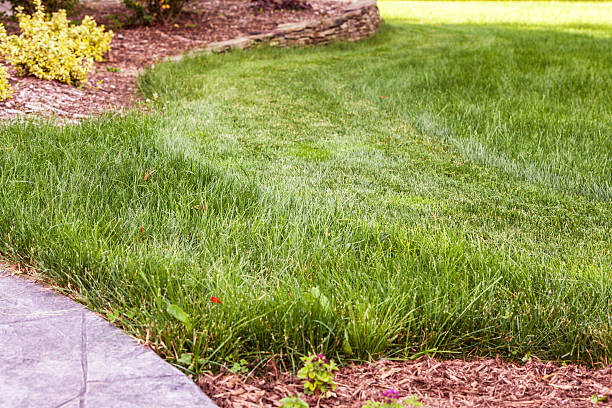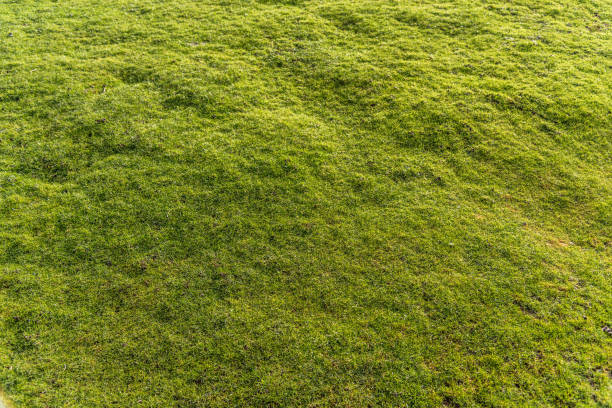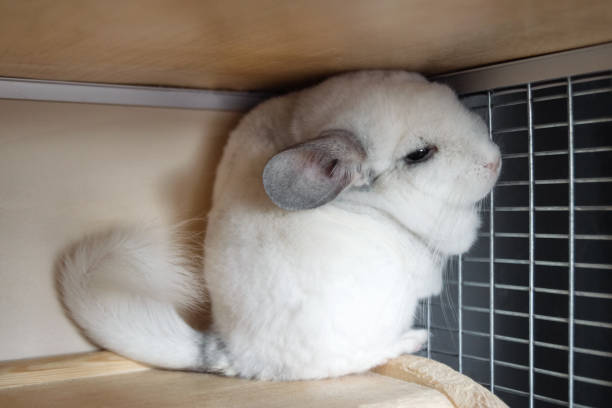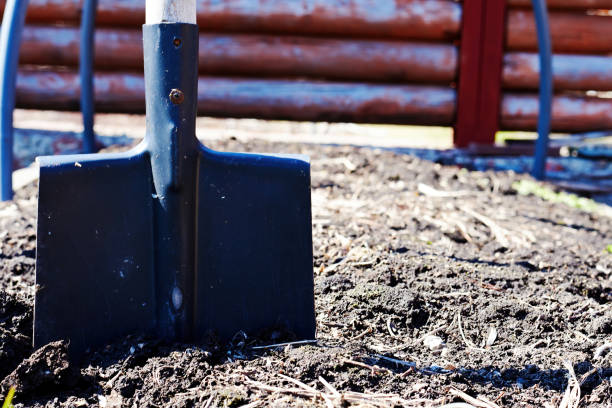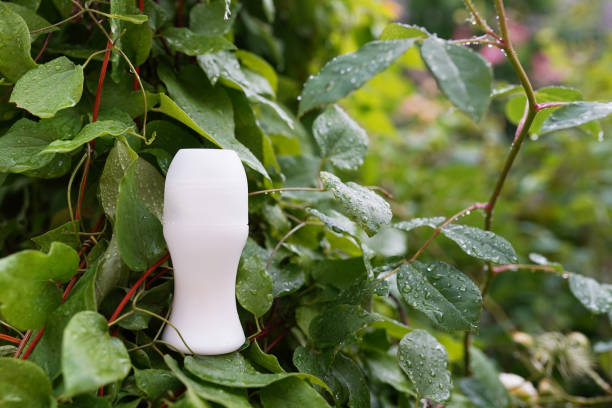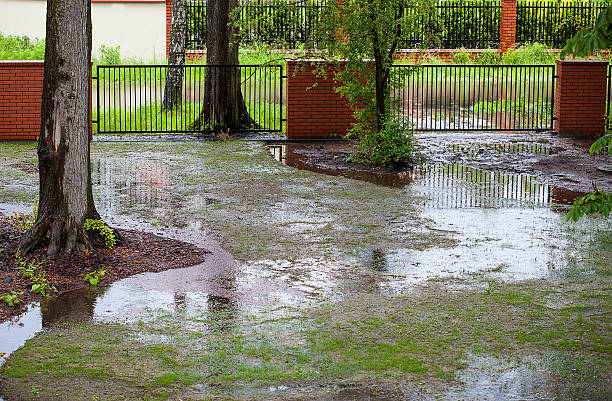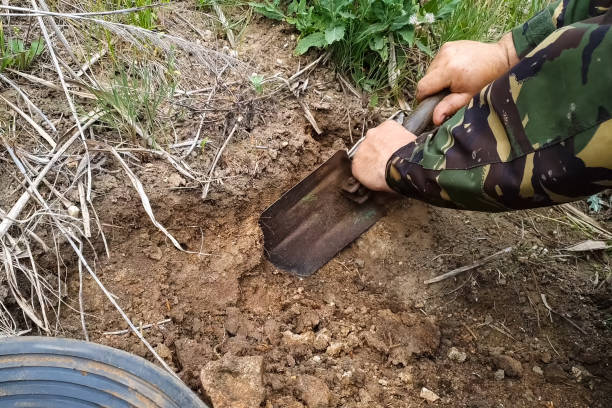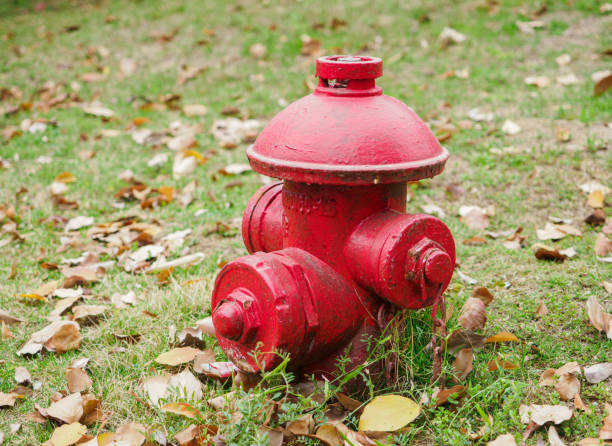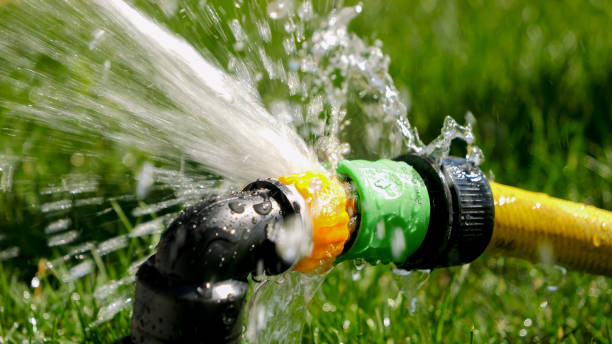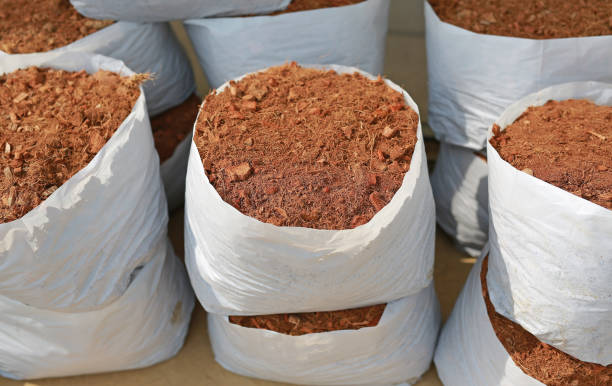How to Get Ruts Out of Your Yard
This post contains affiliate links. This means I will make a commission at no extra cost to you should you click through and make a purchase. Read the full disclosure here.
Are you tired of dealing with unsightly ruts in your yard? A well-maintained yard adds beauty and value to your home, but those tire tracks and footprints can quickly diminish its appeal. In this article, we will explore effective methods to get ruts out of your yard, leaving you with a smooth and evenly textured lawn that you can be proud of.
Understanding the Causes of Ruts
Before diving into the solutions, it’s important to understand what causes ruts in the first place. Ruts can occur due to various factors, including heavy rain and water pooling, excessive vehicle or foot traffic, and a poor drainage system. Identifying the underlying cause will help you determine the most appropriate method for repairing your yard.
Assessing the Severity of the Ruts
The severity of the ruts plays a significant role in the repair process. Assessing the depth and width of the ruts will help you gauge the extent of the damage and choose the best approach for fixing them. It’s also essential to look for any underlying issues, such as compacted soil or inadequate drainage, as these may need to be addressed alongside the rut repair.
Preparing for the Repair Process
Before you start repairing the ruts, it’s crucial to gather the necessary tools and materials. Depending on the severity of the ruts, you may need a garden rake, shovel, wheelbarrow, topsoil or compost, and a tamper. Clear the area of debris and vegetation to ensure a clean working space.
Fixing Minor Ruts
For minor ruts, a straightforward approach can often do the trick. Begin by raking and leveling the soil to even out the surface. If necessary, add topsoil or compost to improve the soil’s quality and aid in the recovery of the damaged area.
Addressing Deep Ruts
Deeper ruts require a more comprehensive repair process. Start by loosening the compacted soil using a garden fork or tiller. Once the soil is adequately loosened, fill the ruts with a mixture of soil and compost, ensuring it is slightly above ground level. Use a tamper to firmly compact the soil mixture, providing stability to the repaired area.
Dealing with Persistent Ruts
If you have persistent ruts that reoccur despite your best efforts, it may be necessary to address the underlying drainage issue. Consider installing a French drain or a proper drainage system to redirect excess water away from your yard. By managing water flow, you can prevent future rut formation and protect the integrity of your lawn.
Preventing Future Ruts
Prevention is key to maintaining a rut-free yard. Ensure that your yard has proper drainage to avoid water accumulation. Additionally, use gravel or stepping stones in high-traffic areas to distribute weight and minimize damage. Regularly aerating the soil will also promote healthy root growth and reduce the risk of ruts.
Caring for the Repaired Area
After repairing the ruts, it’s important to provide proper care to the regraded area. Water the soil lightly and monitor its moisture levels, ensuring it stays adequately hydrated. Depending on the season, consider seeding or sodding the repaired area to encourage regrowth and blending with the rest of your yard.
Conclusion
Having ruts in your yard can be frustrating, but with the right approach, you can restore your lawn’s smooth and pristine appearance. By understanding the causes of ruts, assessing their severity, and following the appropriate repair techniques, you can eliminate unsightly depressions and enjoy a well-maintained yard. Remember to address any underlying issues, prevent future ruts, and provide proper care to the repaired area to ensure long-lasting results.
FAQs (Frequently Asked Questions)
How long does it take to repair ruts in a yard?
The time required to repair ruts depends on their severity and the chosen repair method. Minor ruts may be fixed within a few hours, while more extensive repairs could take several days or even weeks.
Can I use sand to fill the ruts in my yard?
While sand can temporarily fill the ruts, it is not ideal for long-term repair. Sand tends to shift and wash away with water, making it less effective in maintaining a stable and level surface.
Are ruts in the yard harmful to the grass?
Ruts can harm the grass by compacting the soil and preventing proper water and nutrient absorption. Repairing ruts promptly will help prevent further damage to the grass and promote healthy growth.
Should I hire a professional for rut repair?
Minor ruts can be repaired as a DIY project. However, if the ruts are extensive or if you’re unsure about the underlying issues, it’s advisable to consult a professional landscaper or lawn care service.
How often should I aerate my yard to prevent ruts?
Aerating your yard once or twice a year, depending on the soil’s condition, is generally recommended. However, you may need to aerate more frequently if your yard experiences heavy traffic or has compacted soil.

